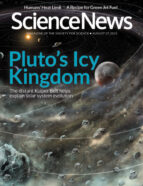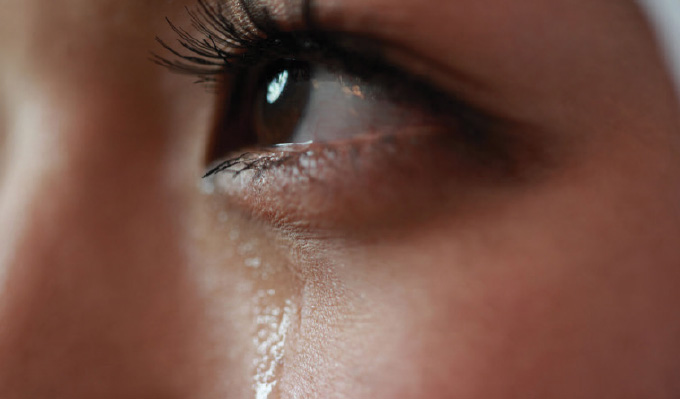This post was originally published on this site
Twisted sisters
Two black holes merged while spinning in nearly opposite directions, suggesting that they were born in different places and found each other late in life, James R. Riordon reported in “New type of black hole merger found” (SN: 8/27/22, p. 13).
Reader Van Snyder wondered if the reason for the black holes spinning in nearly opposite directions is that some sort of collision flipped the parent star of one of the black holes.
It’s possible, though highly unlikely, that one of the black holes was flipped due to an earlier event, Riordon says. But even then, that event probably wouldn’t have been a collision.
Before a dying star explodes in a supernova to form a black hole, it ejects material. The forces of those ejections could “kick” the dying star, causing it to tilt. That tilt remains even when the star forms a black hole. But the more massive a star, the harder it is to kick. A star that is kicked hard enough to develop a severe tilt probably would have been knocked too far away from a partner star to be able to easily merge again as a black hole, Riordon says.
Since the black holes in the study were spinning in such drastically different directions — one upside down relative to the other — it’s unlikely that the black holes began as a pair and were knocked out of sync by such a kick, Riordon says.
What’s more, the black holes are incredibly massive. “The lighter of the two was probably around three times the mass of the sun,” Riordon says. “Flipping it over wouldn’t be impossible, but it would be pretty tough to do while leaving the black holes close enough to merge when they did.”
Get an earful
The inner ear canals of mammal ancestors shrank abruptly about 233 million years ago, suggesting that the animals became warm-blooded around that time. The shift in ear structure may have compensated for the thinning of inner ear fluid as body temperatures rose, Carolyn Gramling reported in “Warm-bloodedness tracked to Triassic” (SN: 8/27/22, p. 9).
Reader Van Snyder asked when warm-bloodedness, or endothermy, arose in theropods, the ancestors of modern birds. Could a look into birds’ ears also provide clues to that evolutionary timeline?
There is a lot of debate among researchers about when birds developed endothermy, says paleontologist Stephen Brusatte of the University of Edinburgh.
Some scientists argue that a fast metabolism, which is linked to warm-bloodedness, evolved early in birds’ history, Brusatte says. “Others argue that even many Mesozoic birds [from around 252 million to 66 million years ago] did not have modern avian-style metabolism,” he says, “and that full-on endothermy evolved late in bird history.”
Rather than developing small, tightly curved inner ear canals, birds and their ancestors may have gone a different evolutionary route in response to warm-bloodedness, says vertebrate paleontologist Ricardo Araújo of the University of Lisbon in Portugal.
Previous studies that looked at pigeons’ inner ear fluid, or endolymph, suggest that the endolymph of birds is a lot thicker than that of any other tetrapod, vertebrates that have four limbs or evolved from a four-limbed ancestor, Araújo says. “While maintaining a more or less primitive [inner ear] morphology, they changed the chemistry of the endolymph to compensate for the augmented body temperature,” he speculates.


